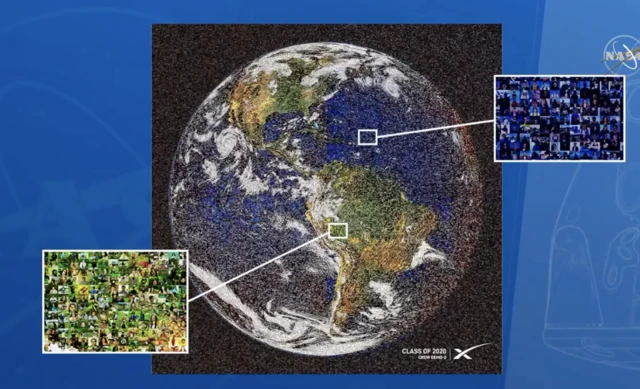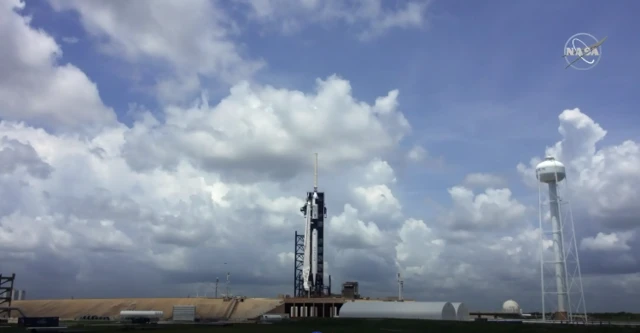How will they return from space?published at 19:50 BST 30 May 2020
The space shuttle was able to land on a runway like an aircraft, while the Russian Soyuz vehicle parachutes down to the Kazakh steppe. But the Crew Dragon will land on water - in the Atlantic Ocean.
Astronauts have not splashed down in a capsule since the days of the Apollo missions to the Moon in the 1960s and 70s.
Here's an illustration showing how the SpaceX vehicle will return from the International Space Station.












